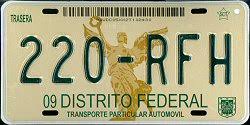
A non-current liability (long-term liability) broadly represents a probable sacrifice of economic benefits in periods generally greater than one year in the future. Common types of non-current liabilities reported in a company’s financial statements include long-term debt (e.g., bonds payable, long-term notes payable), finance leases, pension liabilities, and deferred tax liabilities. This reading focuses on bonds payable and leases. Pension liabilities are also introduced.
This reading is organised as follows. Section 2 describes and illustrates the accounting for long-term bonds, including the issuance of bonds, the recording of interest expense and interest payments, the amortisation of any discount or premium, the derecognition of debt, and the disclosure of information about debt financings. In discussing the financial statement effects and analyses of these issues, we focus on solvency and coverage ratios. Section 3 discusses leases, including benefits of leasing and accounting for leases by both lessees and lessors. Section 4 provides an introduction to pension accounting and the resulting non-current liabilities. Section 5 discusses the use of leverage and coverage ratios in evaluating solvency. Section 6 concludes and summarises the reading. Practice problems in the CFA Institute format are included after the reading.
Summary
| status | not read | reprioritisations | ||
|---|---|---|---|---|
| last reprioritisation on | suggested re-reading day | |||
| started reading on | finished reading on |